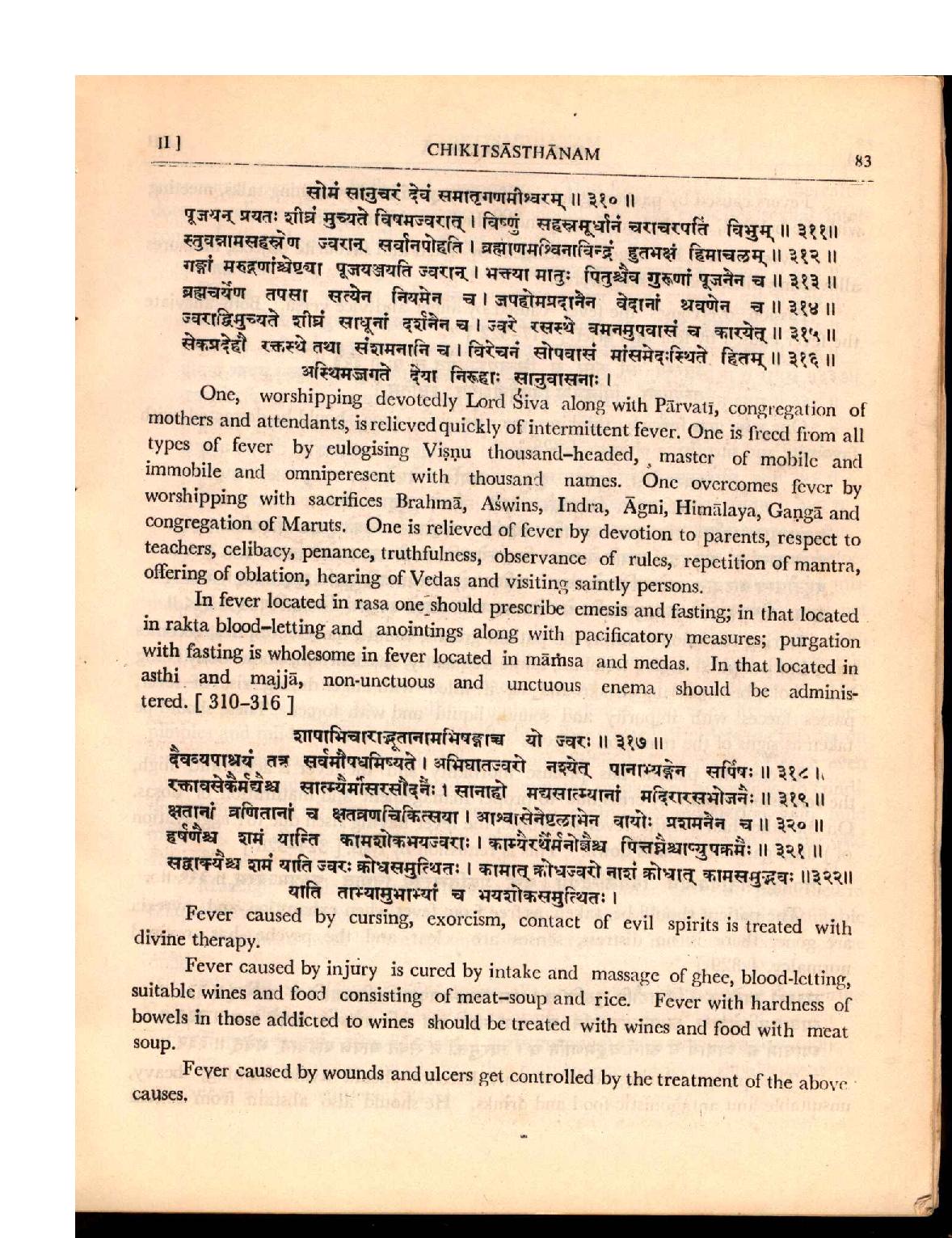According to the [Spitzer Manuscript], Anushāsanaparva is not a part of original Mahabharata. If the above material is correct...
Just because a random manuscript doesn't list the Anushasana Parva, doesn't mean it's not there in the original Mahabharata!
Moreover, this manuscript is not reliable because of how it was found:
The Spitzer Manuscript was found in 1906 in the form of a pile of more than 1,000 palm leaf fragments in the Ming-oi, Kizil Caves, China during the third Turfan expedition headed by Albert Grünwedel.[7][8]
So there could be some lost fragments.
We also don't even know who the scribe of the Spitzer manuscript is, hence we cannot verify the credibility or accuracy of this manuscript.
But if you continue reading, the wikipedia article will also say:
According to Indologist and Sanskrit scholar John Brockington, known for his Mahabharata-related publications, the table of contents in the Spitzer Manuscript includes book names not found in later versions, and it is possible that the parvas existed but were with different titles. The epic known to the scribe of Spitzer Manuscript may have been in the form of a different arrangement and titles.
So it is possible the Anushasanaparva was there, just under a different title.
Also, the critical edition of the Mahabharata has the Anushasana parva, so it is possible the Anushasana parva was redacted from the Spitzer manuscript.
Evidence acquired from comments:
Charaka Samhita, Chikitsasthanam: Chapter 3 – Treatment of jvara (Fever), Verse 311 विष्णुं सहस्त्रमूर्धानम् चराचरपतिम् विभुम् | स्तुवन्नामसहस्त्रेण ज्वरान् सर्वनपोहति || Meaning: Recitation of Sahasra nAma of Lord Vishnu, who is the chief of all moving and non-moving things of the universe and who is omnipresent, cures all types of jvara(fever).
brihat parashara hora shastra, most followed treatise of astrology has two instances. 1. Chapter 56 verse 31 तद्दोषपरिहारार्थं विष्णुसाहस्रकं जपेत् । आयुर्वृद्धिकरं चैव सर्वसौभाग्यदायकम् ॥ ३१॥ 2. Chapter 59 verse 79 तद्दोषपरिहारार्थं विष्णुसाहस्रकं जपेत् । ततः सुखमवाप्नोति श्रीहरेश्च प्रसादतः ॥ ७९॥
तद्दोषपरिहारार्थं विष्णुसाहस्रकं जपेत्
Meaning is: "For the purpose of removal of faults, one should chant the Vishnu Sahasranama."
